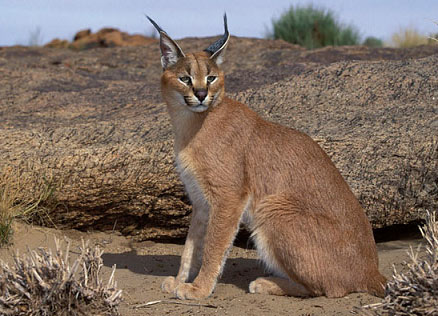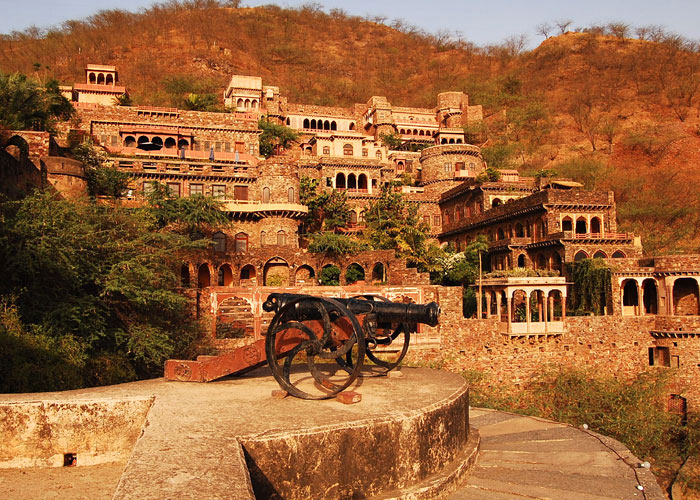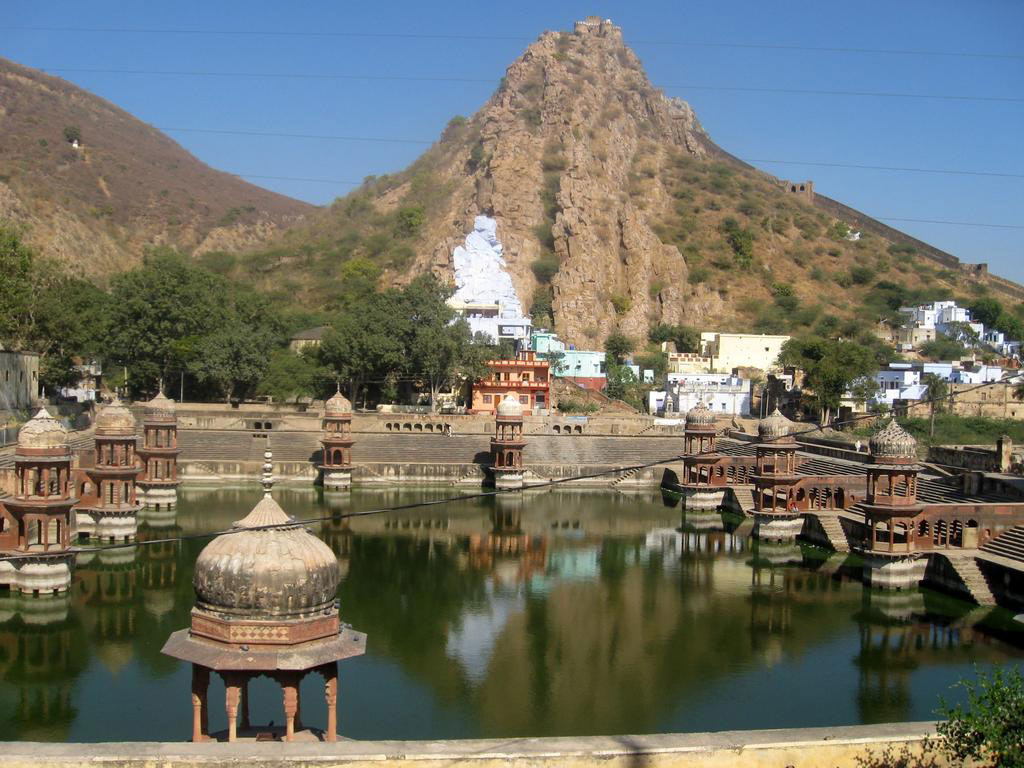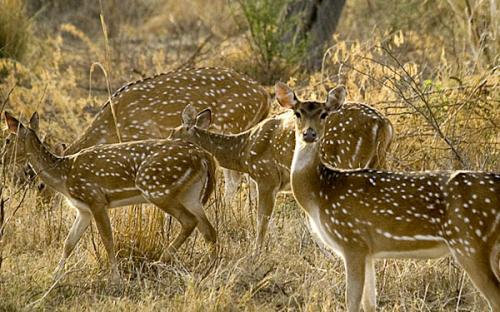Best of India Tours
- Golden Triangle Tour- Best of India & Nepal
- Classical Rajasthan
India Cultural Tours
- Images of North India- Karnataka Heritage
- Rajasthan & Goa Tour
Discover India Tours
- Grand India Tour- North to South India
- Central to South India
Rajasthan Tours
- Classical Rajasthan Tour- Golden Triangle Tour
- Grand Mughal Tour
India Luxury Trains
- Palace on Wheels- The Golden Chariot
- India Deccan Odyssey
- The Indian Maharaja
- Royal Rajasthan on Wheels
Nepal Tours
- Glimpses of Nepal- Buddhist Pilgrimage
- Nepal River Rafting
- Destinations of Nepal
- Nepal General Info
India Wildlife Tours
- North India Wild Life- South India Wildlife
Tibet Tours
- Tibet Monastery Tours- Explore Tibet
- Destinations of Tibet
Spa & Yoga Tours
- Ananda in Himalayas- Yoga & Meditation
Adventure Tours
- Manali Safari Tour- Himalayan Trekking
- Horse Safari
Sariska
Ajmer
![]() Alwar
Alwar
![]() Bharatpur
Bharatpur
![]() Bijaipur
Bijaipur
![]() Bikaner
Bikaner
![]() Bissau
Bissau
![]() Bundi
Bundi
![]() Deogarh
Deogarh
![]() Jaipur
Jaipur
![]() Jaisalmer
Jaisalmer
![]() Jalore
Jalore
![]() Jodhpur
Jodhpur
![]() Kota
Kota
![]() Mount Abu
Mount Abu
![]() Pushkar
Pushkar
![]() Ranthambore
Ranthambore
![]() Sariska
Sariska
![]() Shekhawati
Shekhawati
![]() Udaipur
Udaipur

Situated in the backdrop of the Aravali Hills, in the state of Rajasthan, Sariska National Park is a wonderfully quiet and peaceful destination to visit. The jungle here has been registered under the Project Tiger in 1979 and became a national park in 1982. A number of tourists visit this place due to its easy accessibility from the nearby major towns and cities. Sariska is especially famous for its tiger reserve though it also offers you sites to visit that have a strong historical background. The monuments at these places are symbolic of their glorious past. The park also offers the visitors a unique opportunity to observe the behavioural patterns of the animals residing here.
Sightseeing
Sariska is a storehouse of wild wonders. It houses some of the famous species of deciduous plants and wild animals. It also cradles some of the rare species of birds, both native and migratory. Moreover, the Kankawati Fort is one of the wonders of Sariska that stands alone and neglected. As if aware of the fact that the fort is abandoned, the jungle beasts especially the leopards come here for some outdoor hunting spree. It seems as if the buffaloes of the nearby villages that come here for grazing are the most mouth-watering delicacies for the visiting leopards.
Excursions
As if the flora and fauna along with the historical grandeur were not enough, Sariska also has a number of excursion destinations to visit around. The Siliserh lake and the palace which also make an ideal picnic point, the Hides that provide real life opportunity to play hide and seek with the wild and the major towns of Alwar and Deeg are some of the must visit excursions around Sariska. Moreover, all these excursion itineraries provide you with good eating and accommodation options to spend a day or two.
Excursions for Sariska
Park Flora and Fauna
Being located on the desert land of Rajasthan, the flora and fauna of Sariska is characterised by scrub-thorn arid forests, dry deciduous forests, rocks and scanty grasses spread over the hills and narrow valleys of the Aravali hill range. Due to the extreme characteristic of the climate here, Sariska houses a number of known and unknown species of desert flora and fauna. Due to scanty rainfall here the major plants of Sariska includes, dhok, khair, tendu, and ber. However, while talking about fauna here, the one specie that needs a mention is the tiger. The Sariska National park also houses varieties of panther, jungle cat, jackal, hyena, and fox. Besides these, the park is also the natural habitat of sambhar, chital, wild boar,

hare, nilgai, civet, four-horned antelope, gaur (Indian bison) and porcupines. The park also nestles bird species like the peafowl, grey partridges, quails, sand grouses, tree pies, white-breasted kingfishers, golden-backed woodpeckers, crested serpent eagles, vultures and horned owls.
Kankawadi Fort

The Kankawadi fort is an important tourist attraction of Sariska. Though not maintained properly, it is the only historic monument showing the Mughal connection with Sariska. According to the records of history, Aurangzeb had imprisoned the eldest son of Shah Jahan here. Located on a hill, the fort overlooks the Kankawadi plateau and the few Gujjar villages around it. Leopards from the park occasionally visit this fort in search of food and solitude.
Alwar
Alwar is at a distance of 116 km from Bharatpur. Though the city is regarded as the gateway to the royal state of Rajasthan, it has a legacy more powerful than that. There are many tourist attractions in the city that reflect the glorious Rajput history of the place. The main attraction of Alwar are the Bala Quila and the City Palace complex. There is a lake beside the City Palace, as well as a government museum and the tomb of Tarang Sultan

Deeg

Deeg Situated 32 km north-west of Bharatpur on the way to Alwar, Deeg was once the favourite summer resort and second capital of Bharatpur state. As towns go, Deeg is not much of a place, being small and dusty and primarily agricultural. But it has a past worthy of note. Built as a holiday resort by the Jat rulers of Bharatpur, Deeg has a fort with all of twelve bastions. The largest of these, Lakha Burj, is still mounted with a cannon. But more than the fort, Deeg is not to be missed for the excellent sense of balance with which its palaces and gardens have been laid out. The buildings form a large rectangle enclosing a garden and two large tanks at the eastern and western ends.
The largest and most impressive structure is Gopal Bhawan inside which, even on a summer day, the air is cool and refreshing. Perhaps the most attractive part of the garden complex is the summer pavilion, Keshav Bhawan. On special occasions the 500 fountains around the pavilion used to spout coloured water while fireworks lit up the night sky. Some of these fountains still play during local festivals.
Siliserh Lake
Located near the Sariska tiger reserve, just off the Alwar-Sariska road is the wonderfully picturesque Siliserh lake. The lake overlooks a marvellous palace built by Maharaja Vinay Singh in 1845 A. D. for his queen Shila. The lake makes an interesting picnic spot and also offers you options of boating and sailing. The palace here has been converted into a tourist resort for the convenience of the visitors. The crocodiles are the major inhabitants of the lake.

The Hides

The many Hides in and out of the park are the must visits while being in Sariska. These hides are specially made to observe the wild in their natural way. If you book a hide, which is highly advised, you may end up spotting the wild inhabitants on the many water holes of the park. Excellent for some patience studded wild photography, these hides are worth a look even if not booked.
Fact File
 Area:474 sq. km (core area), 800 sq. km (gross area)
Area:474 sq. km (core area), 800 sq. km (gross area)
 Altitude :250 m above sea level
Altitude :250 m above sea level
 Best Time to Visit: November-June
Best Time to Visit: November-June
 Languages: Hindi, Rajasthani, English
Languages: Hindi, Rajasthani, English
 STD Code:014441
STD Code:014441




